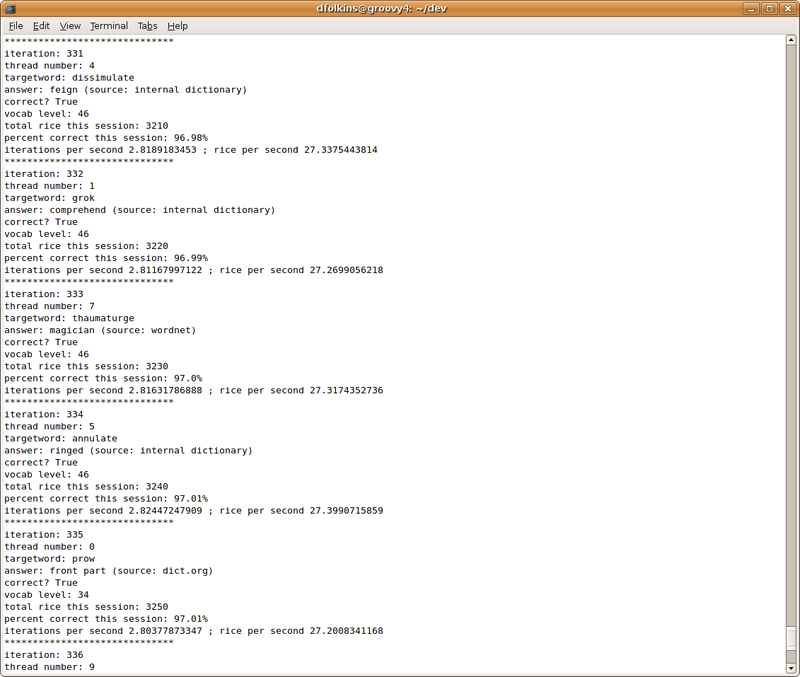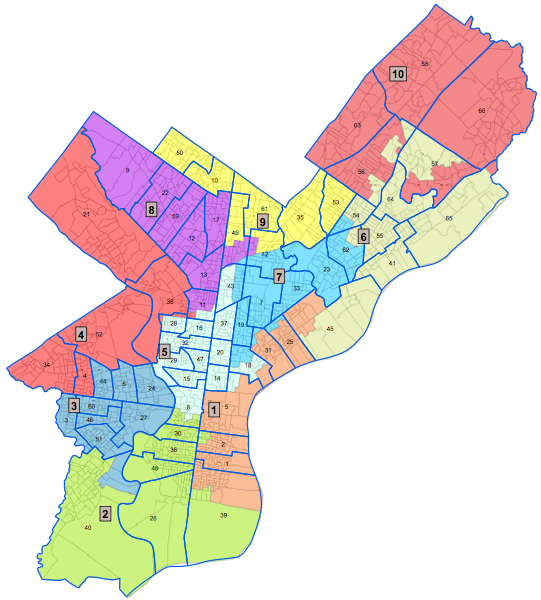There are two central drivers of stock price demand—fundamentals (sales, revenues, profits, etc.) and how investors feel about fundamentals (sentiment). Sentiment tends to erratically drive short-term pricing, while the longer cycles move on fundamentals. If you talk to a buy-and-hold investor, like Warren Buffett, he will tell you short-term investing (day trading, for example) is a fool’s game—there is no predicting sentiment.
But Derwent Capital Management (DCM) thinks that may have been true, once, in ancient times before information technology enabled social networks. But now there is a wealth of hard data on real time sentiment. All one must do is set up an algorithm to mine it, process it, put it on a scale—in this case from 0 to 100—and sell it to retail investors.
And that’s exactly what they’ve done.
Wondering what your favorite stock (or currency pair or commodity) is about to do? You need merely check the the DCM trading platform’s Twitter indicator.
Ref: Can Twitter Tell You When to Buy and When to Sell? – The SingularityHub


